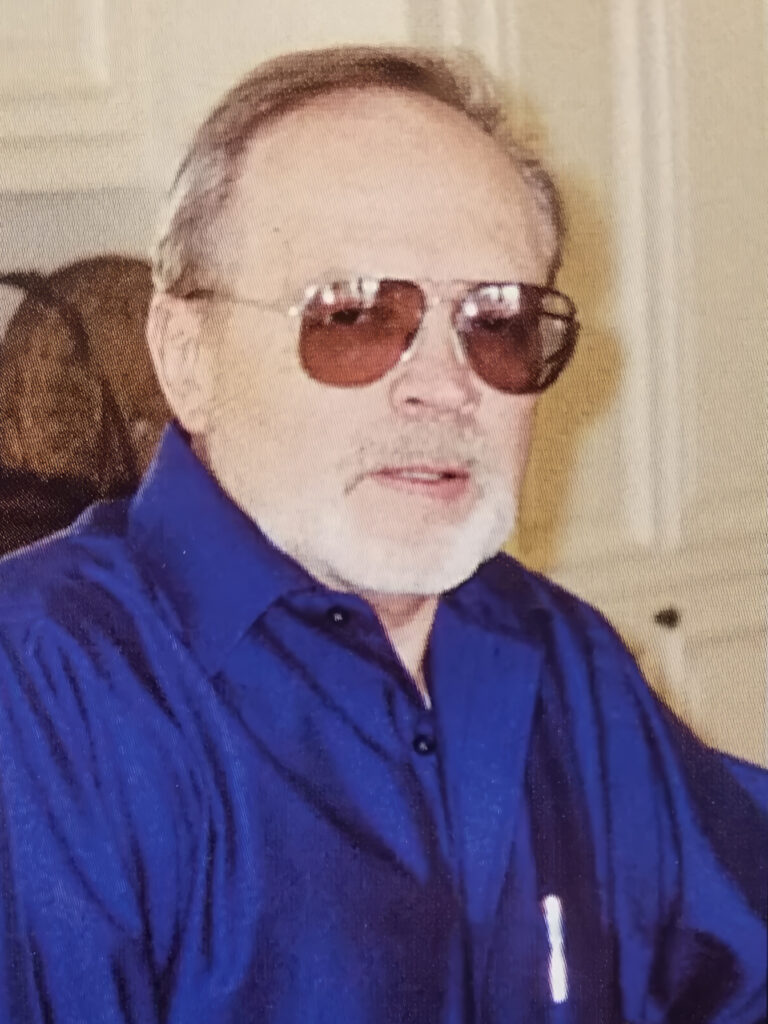Is Love a technology to unite the world?
During the mid 20th century, Professor Pitirim Sorokin established the Harvard Research Center in Creative Altruism to scientifically study the phenomenon of love and to determine if and how it could be deliberately produced and practically employed by individuals, families and society.
While Sorokin never attained his goal of a broadly applicable technology, and his research center was closed in the 1950’s, researcher and economist Charles E. Hansen took up Sorokin’s quest on his own in the 1980’s and discovered The Technology of Love, published in 2005 in Volume 1.
"The Technology of Love is actually quite simple: just as there are ways to generate Hate, there are specific ways to generate Love. It's time we all know what they are. " —Charles E. Hansen
The 10 Vectors of Love
Love is best understood as vectors of energy expressed by magnitude and direction.
In simple terms, it is most often expressed as the actions of care, or Mutually Beneficial Human Interactions (MBHI).
COMING SOON: Specific ways in which the 10 vectors of love can improve your relationships, work and social interactions.
What People Are Saying
Charles E. Hansen has researched and written a substantive book, comprising a major contribution to the Love thesis, and its desired and presumed eventual realization. Given the stature of this work, and the subject matter said stature applies to, Love, the only principle capable of saving Humanity from continuing mediocrity, at worst, or its very survival, at best, I literally consider The Technology of Love one of the handful of the most important books available to Humanity.
Vincent Frank De Benedetto, Philosopher & Author
I am extremely impressed with The Technology of Love because it advances a new and unique way of defining the subject of Love. In this form, it's a extremely powerful and practical way of understanding and applying the principals of Love to family, community, and business.
Kent Johnson, Small Business Owner
Knowing that Love is a defined science, and having learned about the vectors that cause Love to happen has made me feel like I have a ridiculously unfair advantage in achieving success as a self employed business owner. Sometimes I even feel bad for those who try and compete with us; as they don't really stand a chance without knowing our secret. But rather than keep this secret to ourselves, we used the vectors themselves as a guideline and chose to share how Love works with many people who would have been competitors. This caused something amazing to happen—instead of working against each other, businesses that may have competed in the past are now able to work together to help each other achieve more success than we would have been able to achieve on our own.
Sean McLellan, Entrepreneur
Mr. Hansen presents a remarkable and profound new perspective that intertwines science and mathematics with an in depth study of "love's vectors" or actions and the teachings of Jesus, breaking through the separation of religion and science once and for all! This technical and intellectual work would be appropriate for a college course, study group or educated readers.
Carol Dussault
A NEW SCIENCE
“Science is the pursuit and application of knowledge and understanding of the natural and social world following a systematic methodology based on evidence.” —Science Council
Charles E. Hansen founded Corsense Institute on the belief that the phenomenon of love could be studied scientifically. Through the lens of systems theory, a transdisciplinary study of various interrelated and interdependent components, Charles found that love’s components could be identified and practically applied, thus making it a technology.
The Technology of Love
“The problem is not that love’s usefulness is doubted by most of us. It has long been recognized as one of the keystones of human existence. But even if love is known to be a part of real life, and applicable to real issues of living, how it works has never been clearly demonstrated. Many doubt that it can be. But, here, that doubt will be challenged, and the term technology will be shown to be most appropriate – for there are principles at work in love, principles whose nature can, with considerable precision, now be defined and applied to real living.” —Charles E. Hansen

About Charles Hansen
Charles E. Hansen was a pioneering researcher, author, and thought leader whose work explored the intricate relationships between technology, economics, and human connection. Best known for his book Technology of Love, Hansen brought a systems-based approach to understanding love—not merely as an emotion but as a fundamental force that shapes societies, economies, and technological advancements. With a background spanning engineering, business, and economics, he merged analytical rigor with a deep curiosity about the unseen forces driving human cooperation and progress. His unique, analytical perspective brought a new approach to a subject often left to philosophy and spirituality, making his work both groundbreaking and thought-provoking.
Charles sought to bridge the gap between science and the deeper, often intangible forces that drive human connection. His writings explored how love, as an energy, could be understood, harnessed, and even amplified using scientific principles, making his work a fascinating intersection of metaphysics and technology.
